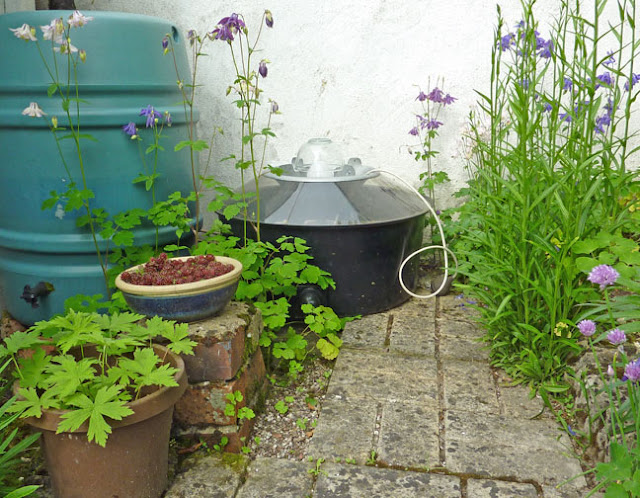I think I might be on a hiding to nothing, but here goes... There has been an awful lot of coverage about the demise of the White-throated Needletail on Harris. Too much coverage to be frank, with the word, 'tragic', to the fore. Let's just look at the facts. A lost bird, thousands of miles from home, and destined to fly the skies of northern Europe on its own, collides with a wind turbine. This act, of a bird fatality at a wind turbine, takes place many times a day. For statistics, there are plenty on the internet to digest, such as here. A White-throated Needletail is, beyond doubt, a most sought after species for any birder, let alone a lister. But, is the loss of this individual any more important than that of a Meadow Pipit that may have been breeding nearby? I could argue that it is of less concern. The Needletail wasn't going to breed and it wasn't going to get home. No collective fuss is made of the loss of other birds killed by wind turbines, at least ...










